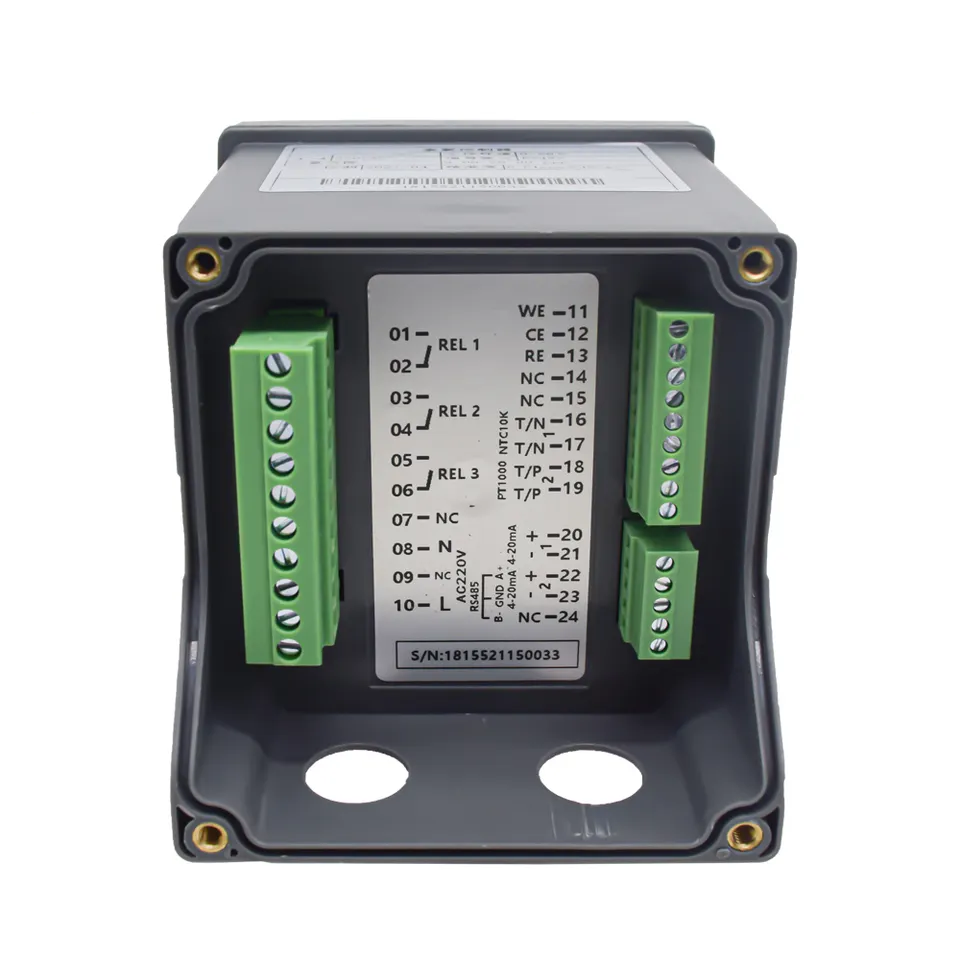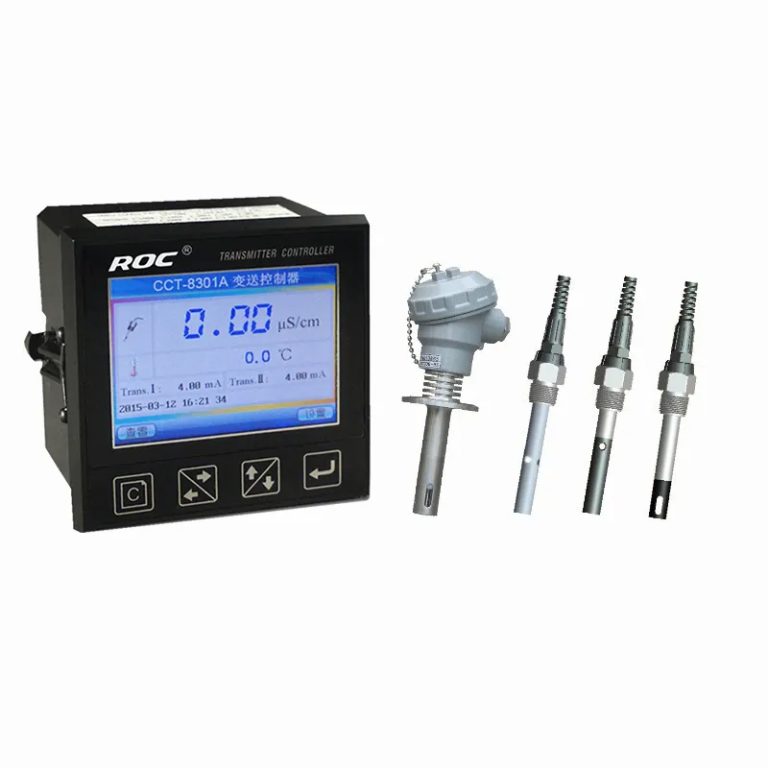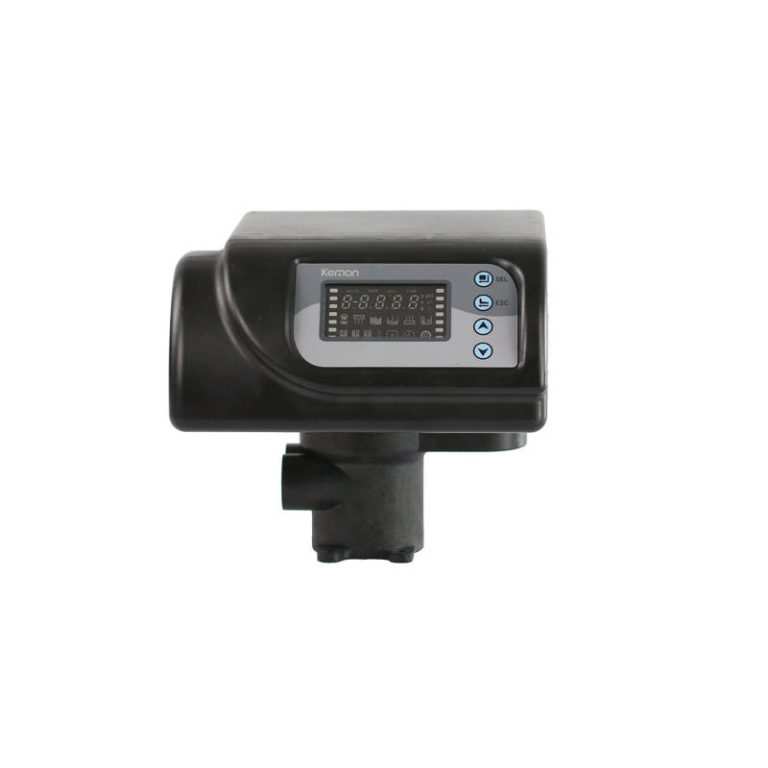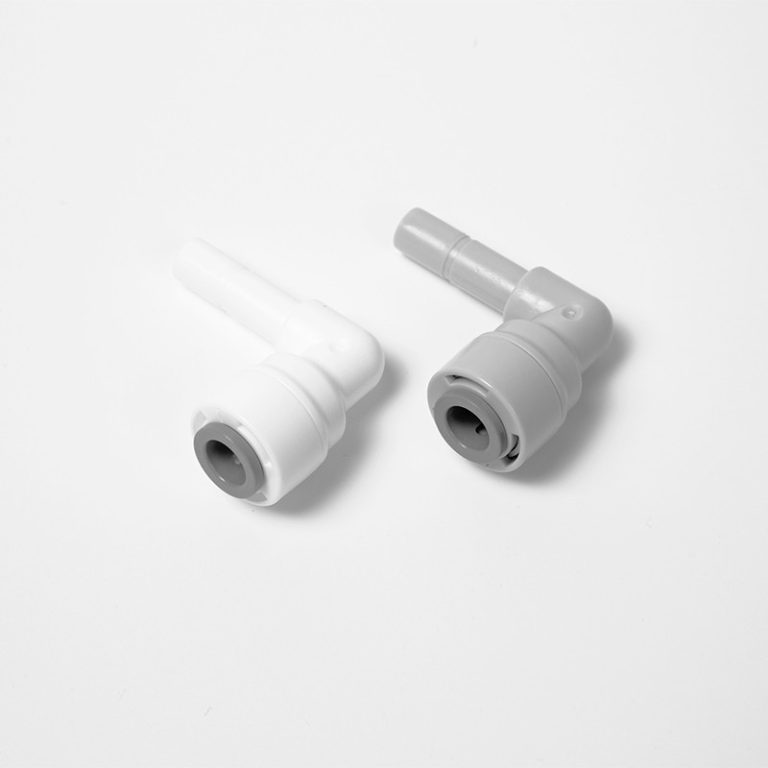A tagline about what a flow meter measures: “Accurate measurements for fluid dynamics.”
Understanding the Basics of Flow Meters: What Do They Measure?
Flow meters are essential devices used in various industries to measure the flow rate of liquids or gases. They provide accurate and reliable measurements, allowing businesses to monitor and control the flow of fluids in their processes. But what exactly do flow meters measure, and how do they work?
At its core, a flow meter measures the volume or mass of a fluid passing through a specific point in a given time. This measurement is crucial for many applications, such as monitoring the consumption of water or gas, ensuring the proper functioning of industrial processes, or even detecting leaks in pipelines. Flow meters come in different types and designs, each suited for specific applications and fluid types.

One of the most common types of flow meters is the differential pressure flow meter. This type of meter measures the pressure difference between two points in a pipe or conduit. By knowing the pressure difference and the pipe’s characteristics, such as diameter and length, the flow rate can be calculated using Bernoulli’s equation. Differential pressure flow meters are widely used in industries such as oil and gas, water treatment, and HVAC systems.
Another type of flow meter is the positive displacement flow meter. This meter measures the flow rate by dividing the fluid into discrete volumes and counting them as they pass through the meter. Positive displacement flow meters are highly accurate and suitable for measuring low flow rates or viscous fluids. They are commonly used in applications such as fuel consumption monitoring, chemical dosing, and custody transfer.
Ultrasonic flow meters are another popular choice for measuring flow rates. These meters use ultrasonic waves to determine the velocity of the fluid. By measuring the time it takes for the ultrasonic waves to travel upstream and downstream, the flow rate can be calculated. Ultrasonic flow meters are non-intrusive and can be used for a wide range of fluids, including liquids and gases. They are commonly used in industries such as water and wastewater management, pharmaceuticals, and food processing.
Electromagnetic flow meters, also known as magmeters, are widely used for measuring the flow rate of conductive fluids. These meters work based on Faraday’s law of electromagnetic induction. As the conductive fluid flows through a magnetic field, a voltage is induced, which is proportional to the flow rate. Electromagnetic flow meters are highly accurate and can handle corrosive or abrasive fluids. They are commonly used in industries such as water and wastewater management, chemical processing, and mining.
In addition to these types, there are many other flow meter technologies available, each with its own advantages and limitations. Some examples include turbine flow meters, vortex flow meters, and thermal flow meters. The choice of flow meter depends on factors such as the fluid properties, flow rate range, accuracy requirements, and installation conditions.
In conclusion, flow meters are essential devices used to measure the flow rate of fluids in various industries. They provide accurate and reliable measurements, allowing businesses to monitor and control their processes effectively. From differential pressure flow meters to ultrasonic flow meters, there are various types available, each suited for specific applications and fluid types. Understanding the basics of flow meters and what they measure is crucial for selecting the right meter for a particular application.







